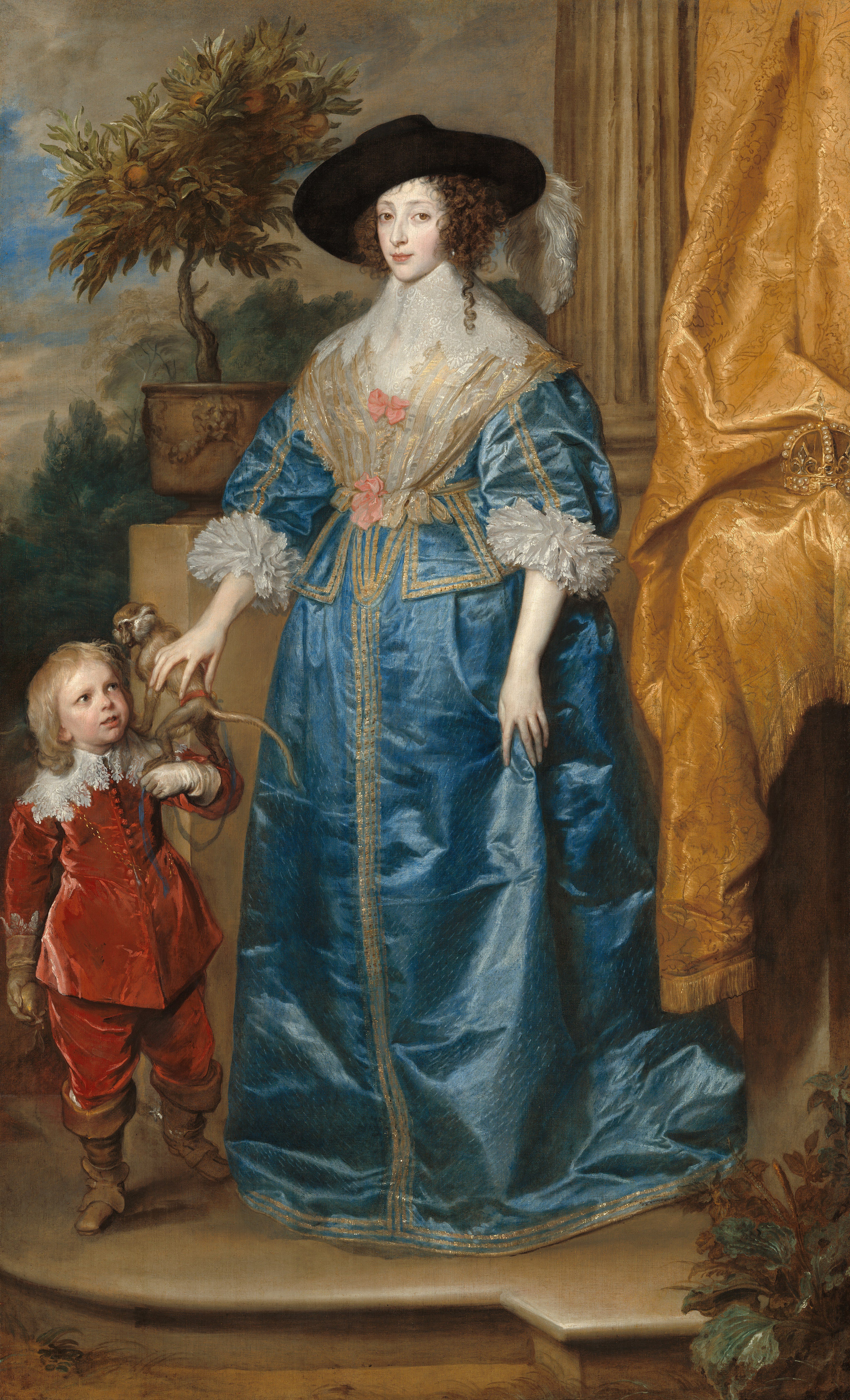Medieval Europeans Didn’t Have Tupperware, They Had Pastry Coffins
The barely edible container was the progenitor of pie.

Even on Halloween, prying open the lid of a stiff, sealed coffin would be considered a ghastly endeavor. But in Medieval Europe, sawing the top off a well-executed coffin revealed something delicious, rather than disgusting. A coffin, spelled coffyn in 12th-century English, referred to self-standing pastry made from flour, water, and sometimes fat. Like a sort of medieval Tupperware, coffins preserved the foods they contained and were rarely eaten. During the Tudor period, the English loved pastry cases so much that they developed a saying: “If it’s good, tis better in a Coffyn.”
Early pastry coffins were constructed to be architecturally sound above all else, and often lacked seasoning or fat. In other words, they were bland, solid, often rectangular dough-boxes. Chefs raised and sealed the glutinous dough around concoctions that might sound peculiar to modern palates. High on that list was lamprey, the eel-like fish with spiraled teeth emulated in many a horror film. At the time, the fish was so prized that, according to one medieval account, “After lampreys, all fish seem insipid to both the king and the queen.” Combined with mint and parsley, but also cinnamon, ginger, saffron, and ground almonds, the sweet-savory (and sometimes vinegary) concoction would be sealed inside a coffin for cooking. Once cooked, coffin lids could be removed or cut into, and the interior juices, perhaps, further cooked with wine or vinegar.
Ironically, edible coffins also housed the living: Using pastry coffins to entertain by covertly hiding birds, frogs, and people was a royal affair. These coffins could feature ornate designs made of dough and other, truly inedible flourishes, such as pigments derived from mercury and lead. Most historically memorable was likely the surprise pastry coffin of Sir Jeffrey Hudson, later dubbed Lord Minimus. The remarkably small person was “served” to King Charles I by the Duchess of Buckingham, which entailed him charging through the coffin’s crust dressed in a tiny suit of armor. Unlike many dwarves of the era, who were treated as indentured servants at best, Jeffrey eventually became a well-educated and adored part of the royal family—a circumstance disrupted by his capture by pirates.

Ultimately, coffin containers made way for the sweet, flaky, and edible pie crusts we know today. As fat and sugar became more accessible, supple doughs (called short crusts) with sweeter fillings found a place at the table. Not known for their indulgences, Puritans took special offense to the rectangular Christmas pies shaped like baby Jesus’s manger. Meanwhile, “cutting corners” by rolling out a round dough saved precious time for settlers in the New World, further transforming the medieval pastry box into the recognizable round pie. So while the word “coffin” slipped out of fashion, pie still has one wedge in the grave.
Gastro Obscura covers the world’s most wondrous food and drink.
Sign up for our regular newsletter.




























Follow us on Twitter to get the latest on the world's hidden wonders.
Like us on Facebook to get the latest on the world's hidden wonders.
Follow us on Twitter Like us on Facebook